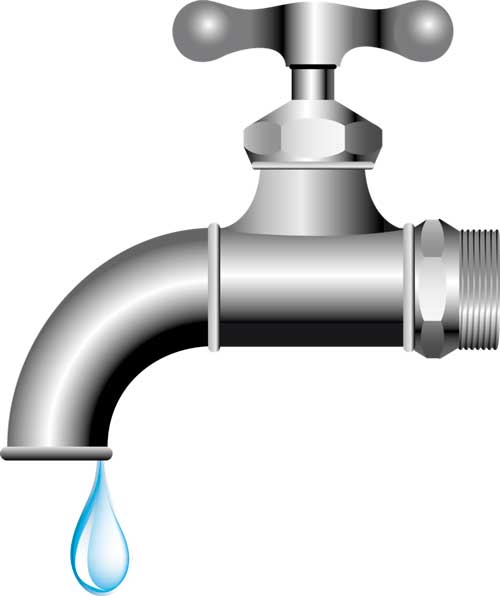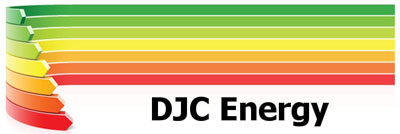Legionella Risk Assessment
What is legionella?
Legionellosis is a collective term for diseases caused by Legionella bacteria including the most serious Legionnaires’ disease, as well as the similar but less serious conditions of Pontiac fever and Lochgoilhead fever. Legionnaires’ disease is a potentially fatal form of pneumonia and everyone is susceptible to infection.
The bacterium Legionella pneumophila and related bacteria are common in natural water sources such as rivers, lakes, and reservoirs, but usually in low numbers. They may also be found in purpose-built water systems such as cooling towers, evaporative condensers, hot and cold water systems, and spa pools.
If conditions are favourable, the bacteria may grow increasing the risks of Legionnaires’ disease and it is therefore important to control the risks by introducing appropriate measures outlined in Legionnaires’ disease – The Control of Legionella bacteria in water systems (L8).


Where does it come from?
Legionella bacteria are widespread in natural water systems, e.g. rivers and ponds. However, the conditions are rarely right for people to catch the disease from these sources. Outbreaks of the illness occur from exposure to legionella growing in purpose-built systems where water is maintained at a temperature high enough to encourage growth, e.g. cooling towers, evaporative condensers, hot and cold water systems and spa pools used in all sorts of premises (work and domestic).
How do people get it?
People contract Legionnaires’ disease by inhaling small droplets of water (aerosols), suspended in the air, containing the bacteria.
What is a legionella risk assessment?
An assessment conducted on a rented properties’ hot/cold water system to determine the health risk posed by legionella bacteria within that system’s water to tenants if they inhale water vapor populated by the bacteria at a water outlet.
Why is it needed?
This assessment is a legal requirement to ensure landlords can prove in court they have minimised risk should a tenant develop a respiratory illness as a result of a Legionella outbreak.
What happens during the assessment?
A qualified assessor visits a property and takes sample water temperatures and gathers all relevant information. A unique assessment document is then produced. This document contains the assessors’ findings and any recommendations to ensure the landlord’s legal compliance. Ultimately, the property is graded as either a low, medium or high risk. If it is graded medium or high, remedial actions are recommended. Some of these remedials can be completed by P Cookson Maintenance. Others may require a plumber, electrician or a legionella control company affiliated to JDC Energy.
How often is it needed?
We recommend systems with stored water present must be assessed annually and without stored water, every two years.
CALL NOW FOR EXPERT ADVICE
078 1767 2476
OR
Testimonials
What Our Customers Say

I have used DJC Energy for carrying out EPC’s on my rented property portfolio of thirty plus properties. At all times the service has been professional and carried out with minimum inconvenience to both myself and tenants. In addition to routine EPC work, Dan has assisted with grant funding for new economy 7 heating/insulation works where tenants are in receipt of benefits. On refurbishment projects, Dan assisted in assessing the various design options on insulation/heating philosophy so as to achieve acceptable EPC levels. All in all DJC Energy offers a one-stop shop for a landlord/developer.
Richard Oddie

Get your FREE quote
It’s quick and easy to get your free quote. Simply fill in the form below and we will call you back as soon as possible.
We Are Certified


